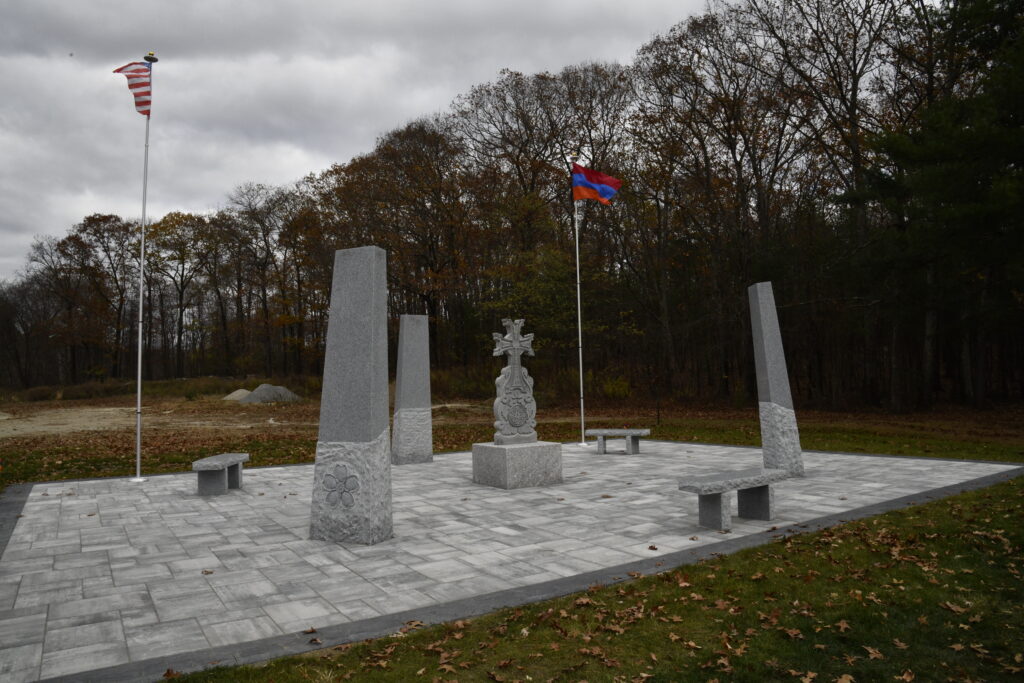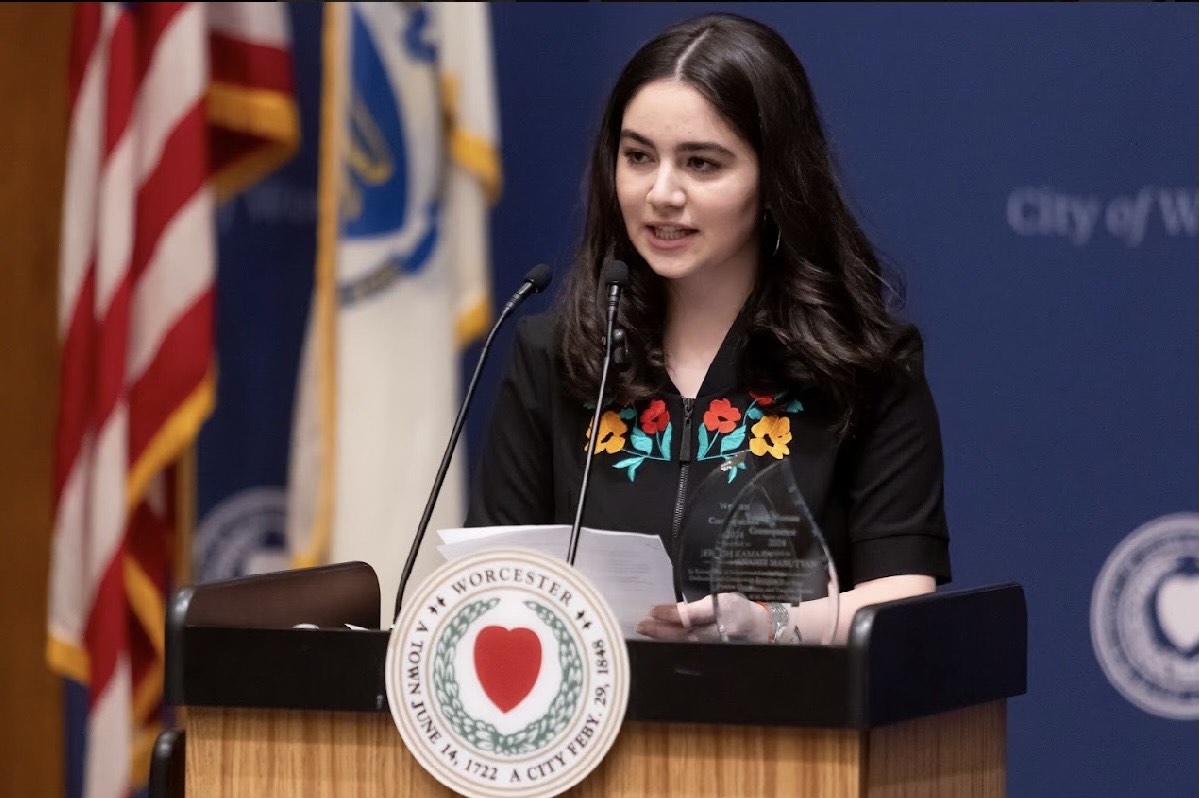Armenian monument exploration for new year and bucket list goals

As the year comes to a close, I find myself reflecting on my bucket list — celebrating milestones while embracing new aspirations. Recently, I’ve been particularly inspired by individuals who travel with purpose. Among these are ballpark chasers, roller coaster enthusiasts and monument explorers, each group driven by a unique passion that fuels their adventures.
For instance, roller coaster enthusiasts form a dedicated community, with tens of thousands of hardcore fans globally. These thrill seekers meticulously track their rides through apps and websites, aiming to conquer every coaster in sight. Similarly, ballpark chasers — baseball fans determined to visit all 30 Major League Baseball (MLB) stadiums — embark on journeys that combine sports and travel. Anecdotal evidence suggests a few thousand have achieved this impressive feat, with many more working steadily toward it.
Monument explorers, on the other hand, channel their passion into exploring sites that embody history, culture and artistry. Across the globe, over 1,200 UNESCO World Heritage Sites attract millions of visitors annually. Iconic landmarks such as the Eiffel Tower, Taj Mahal and Machu Picchu often top their lists, while lesser-known treasures, such as Armenian khachkars (intricately carved cross-stones), hold deep cultural significance for Armenians and other explorers worldwide.

This love for monuments resonates personally with me. Over the past four years, I’ve been involved in establishing the Armenian Heritage Monument in Whitinsville, Massachusetts — a project that has ignited a desire to explore Armenian monuments across the U.S. These sites preserve our culture and history, and they’ve inspired me to dig deeper into what motivates monument enthusiasts.
The drive behind monument enthusiasm
Monument explorers share several common motivations:
- Love for history and culture: Monuments tell stories of pivotal events, traditions and achievements.
- Education: They offer hands-on learning about art, architecture and civilizations.
- Adventure: Many monuments are in unique or remote locations, adding excitement to the journey.
- Emotional connection: Religious or commemorative sites inspire reflection and healing.
- Aesthetic beauty: The craftsmanship and grandeur of these sites evoke awe.
- Personal goals: For some, visiting iconic monuments is a bucket list dream.
- Storytelling: Enthusiasts enjoy sharing their travels through photos, blogs and social media.
- Heritage pride: Exploring monuments deepens connections to cultural roots.
- Advocacy: Many aim to protect and preserve these landmarks for future generations.

A vision for Armenian Monument Explorers
Inspired by these motivations, I would like to imagine a movement for Armenian Monument Explorers. The Armenian National Institute (ANI) has identified over 300 Armenian memorials in 45 countries, including 75 in the U.S., ranging from sculptures and plaques to khachkars and parks. Additionally, Robin Koulaksezian’s Little Armenias: The Travel Guide of the Armenian Diaspora highlights Armenian cultural destinations in 101 countries, from Abkhazia to Zambia. With resources such as these and the power of social media, integrating Armenian history into travel plans has never been easier.
Here are two standout Armenian monument experiences in the U.S.:
- Armenian Heritage Park, Boston, MA:
This park celebrates the immigrant experience while honoring lives lost during the Armenian Genocide and other genocides. Its centerpiece, an abstract sculpture, is reconfigured annually to symbolize the evolving journey of immigrants. Blending history with themes of hope and renewal, the park fosters reflection and community engagement. - Armenian Genocide Memorial, Pasadena, CA:
Every 21 seconds, a drop of water falls into the Armenian eternity symbol, trickling into a basin below. This symbolizes the 1.5 million lives lost, with the inscription: “1 million 5 hundred thousand tears shed for 1 million 5 hundred thousand souls lost. From April 24, 1915-April 24, Eternally.” Visitors can interact with a synchronized digital counter and explore archival materials, deepening their connection to this poignant tribute.
Join the movement: #ArmenianMonumentExplorers
Let’s add Armenian monument exploration to our new year or bucket list goals, share our stories online and amplify the hashtag #ArmenianMonumentExplorers. By honoring our past, we can inspire others to join us in preserving and celebrating our heritage. Together, we can create a movement. Who’s with me?









God wanted me to see this today. I leave for Pasadena,California on Dec.26th 2024. Recently I tacked on an extra day before my tour starts. I will go to see this memorial as soon as I can on my trip as a tribute to my grandparents, Altoonian and Hajians.
You made my day! Safe travels.